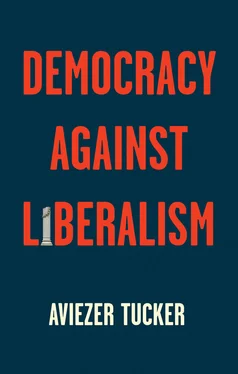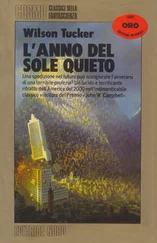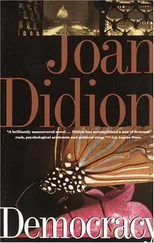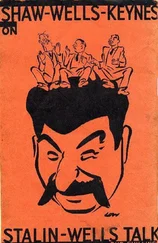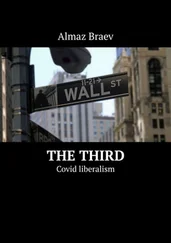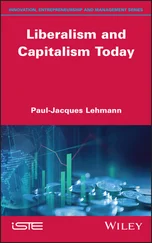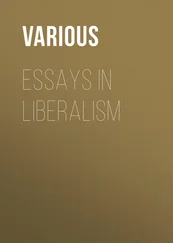Plato identified in his Republic two related problems with technocracies. When self-proclaimed experts disagree, as they often do, there is no higher authority to decide who the real experts are, who has knowledge and who has mere opinion. Experts also have group and personal interests that may bias their judgments. A technocratic class may mistake its own self-interest or even, perish the thought, its passions, for expert analysis. Indeed, Plato’s own political philosophy may be interpreted in such terms. Technocrats are just as corruptible as everybody else both as individuals with interests, and as a class that has shared common interests in protecting its privileges.
Since experts as a class cannot be trusted to act more impartially than anybody else, liberal constitutions place them in institutions that should supervise and compete with each other. The increase in the power and complexity of the state has required a commensurable growth in technocratic liberal institutions that balance each other like the Central Bank, the BBC, and the Ombudsman, and so on, to check the power of the technocratic state. That mutual growth is not contradictory but necessary, the bigger the state is, the more necessary it is to curb its powers. It is impossible for modern states to function with no technocratic expertise and assistance. Even if policy ends are dictated by the passions, populist politicians need a technocratic bureaucracy to devise means to try to realize them. The horrors of twentieth-century totalitarianism and authoritarianism resulted from the efficient use of technocrats to implement passionate politics.
The eight possible combinations of the three continuous pairs of ideal types (Populist vs. Technocratic; Liberal vs. Absolutist; and Democratic vs. Authoritarian) can be represented in a table with eight cells, as below.
These eight regime types are ideal. There are many intermediary forms between the extreme poles. For example, in the modern world, even populist governments must rely on some technocratic expertise. Democratic politicians, even in liberal technocracies sometimes indulge in manipulating popular passions. But these are useful signposts for demarcation and orientation in the vast political landscape. To elaborate a bit on these eight forms before concentrating on populist illiberal democracy:
Authoritarian absolutism , populist or technocratic , is a simple and familiar regime. Revolutionary dictatorships like the Jacobins, Fascists and Communists achieved power by manipulating populist social movements but tended to grow technocratic with age. Before the regime becomes entrenched and stable, authoritarian revolutionaries may attempt to mobilize popular support and cater to some populist passions for revenge retribution and violence. Military coups imposed authoritarian absolutist technocracies to replace populist democracies numerous times in Latin America and most recently in Thailand and Egypt.
|
Populist |
Technocratic |
| Liberal Democracy |
Democratically elected governments that function within limits set by liberal institutions to implement populist policies. For example, Greek governments, which accumulated foreign debt to finance party patronage before 2008. |
The post-Second World War liberal democratic model. For example, the British and French states with their professional civil services. |
| Authoritarian Absolutism |
Revolutionary dictatorships based on popular mobilization. Typically, in their early stages, for example, the Jacobins. |
Bureaucratic dictatorships; for example, Napoleon’s Empire and late-Communist bureaucratic socialism. |
| Liberal Authoritarianism |
When liberal institutions are backed by the nobility or rising bourgeoisie, the monarch or dictator may adopt populist policies to ally with commoners against them; for example, in Wilhelmine Germany. Authoritarian liberal governments can generate populist protest from below; for example, in late Habsburg Austro-Hungary. |
Authoritarian technocratic states limited by liberal independent institutions. For example, Habsburg Austro-Hungarian post-1848 state and contemporary Singapore. |
| Absolutist (Illiberal) Democracy |
Populist democratically elected governments without liberal institutional constraints; for example, classic Greek and Roman democracies. |
Democratically elected governments, unchecked by liberal institutions and led by technocrats; for example, the post-totalitarian democracies in Central Europe during 1990–2010. |
The liberal or Whig tradition traces its origins back to Magna Carta in the Middle Ages. It was theorized by Montesquieu, and put into practice by the founders of the United States in the eighteenth century. Liberalism was developed as a check on absolutism . Initially, this absolutism was monarchic. But liberal independent institutions limit and check any government, democratic, populist, or technocratic. Liberalism is particularly useful in checking the self-destructive aspects of populism. For example, the introduction of an independent Central Bank was an expansion of liberalism to check inflationary populist policies that democratic governments indulged in with abandon as late as the 1970s.
Liberal authoritarian government s are not elected and accountable. Political participation remains within prescribed local or sectoral bounds. Yet, the government is constrained by traditions and laws enforced by an independent judiciary. The press, religion, and civil society may be free and independent and check the power of the state. Liberal authoritarian regimes can be populist or technocratic, and are sometimes both, on different social and political levels: Since authoritarian rulers do not need to win elections, they can implement technocratic unpopular policies, for example fight populist racism and painfully restructure and modernize the economy. But since the subjects cannot affect policies and political parties cannot have real political power, they can express extreme populist political passions without having to worry about their potentially self-destructive effects.
Populist politics can express protest against authoritarian technocracy. Liberal authoritarianism can result in political bifurcation between powerful technocratic elite and populist powerless populace. For example, the Austro-Hungarian Empire, at least since 1848, was liberal and authoritarian. The liberal elite respected the rule of law, protected minorities, and encouraged political and social integration in a multi-ethnic empire, economic modernization, and social mobility. At the same time, the disenfranchised multitude was free to harbor and express ethnic passions and rage without the risk of suffering political consequences, at least until the First World War and the rise of populist absolute democracies from the ashes of the empire, followed by populist absolute authoritarian regimes (with the exception of Czechoslovakia, which remained democratic, multi-national and quite liberal). Singapore is a contemporary technocratic liberal authoritarian state. Like Austro-Hungary it is a multi-ethnic society where a liberal technocratic elite suppresses both populism and democracy while respecting the rule of law (Rajah 2012). To different extents, Asian “tigers” like South Korea and Taiwan were also authoritarian liberal technocracies, though they had different degrees of liberalism and have moved by different degrees toward democracy. These countries became prosperous because they had competent technocratic elites that managed liberal institutions, not because they were authoritarian.
Читать дальше
